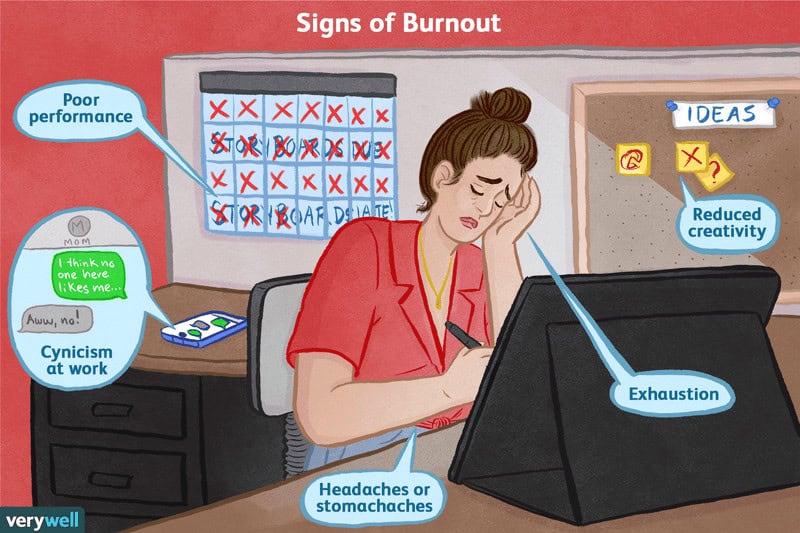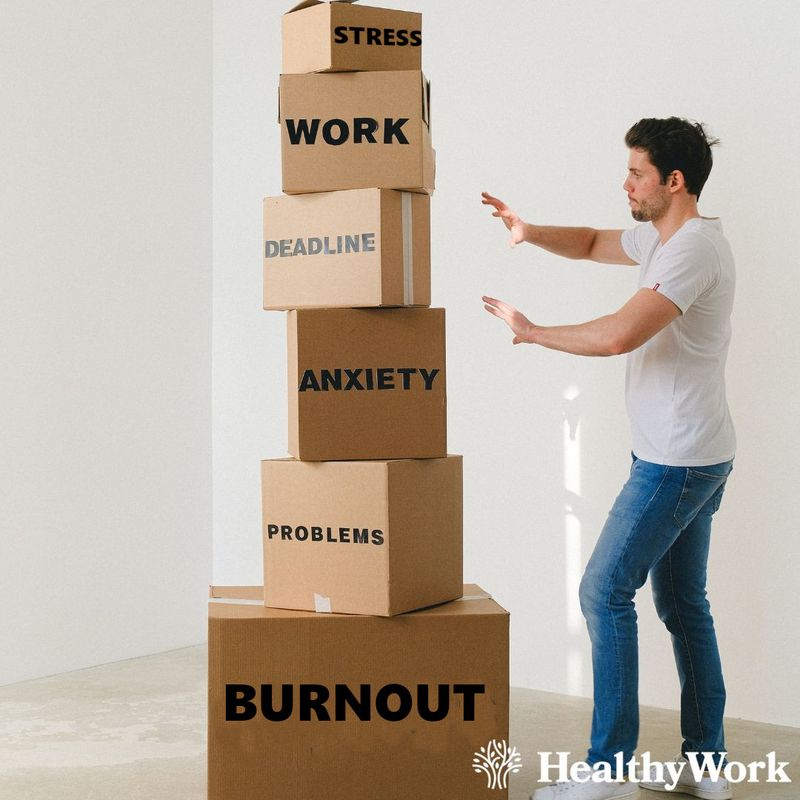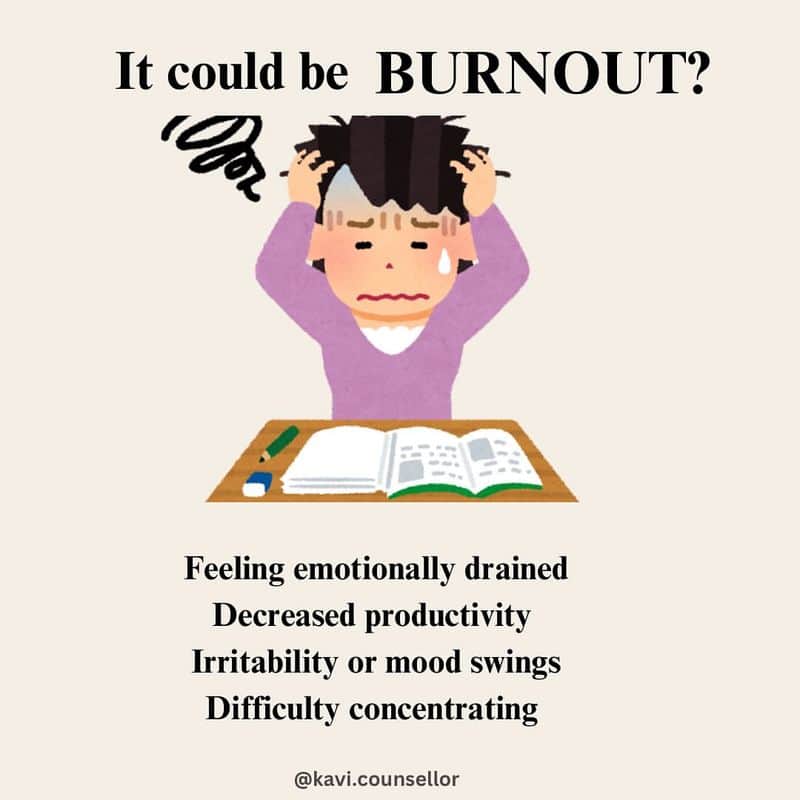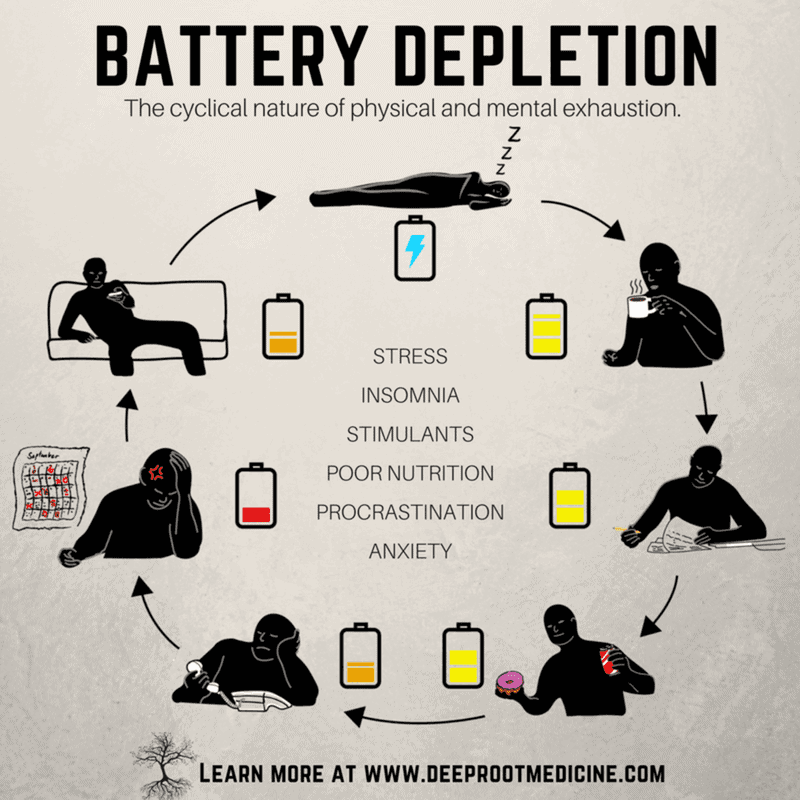Burnout is a pervasive issue in today’s fast-paced world. It creeps up subtly, often leaving individuals drained and devoid of energy before they even realize what’s happening. Recognizing the signs early can empower individuals to seek help and make necessary changes. Burnout can manifest in various ways, affecting not only work performance but also personal relationships and overall well-being.
In this blog post, we will explore seven subtle signs that someone may be experiencing burnout. By understanding these signs, you can better support yourself or others who may be struggling. Let’s explore these indicators of burnout.
1. Chronic Fatigue

Chronic fatigue is one of the most common signs of burnout. It transcends regular tiredness, leaving individuals feeling exhausted no matter how much rest they get. The fatigue is both physical and mental, making everyday tasks feel insurmountable.
Even after a full night’s sleep, the energy required to perform even the simplest of tasks is elusive. This can lead to a cycle where the person feels unable to recharge, further perpetuating the sense of burnout.
In this state, self-care becomes paramount. Incorporating rest breaks and seeking professional support can be crucial steps to recovery.
2. Decreased Motivation

Motivation dwindles as burnout sets in, turning once passionate pursuits into burdens. The drive that previously fueled their efforts diminishes, leading to procrastination and unfinished tasks.
This lack of motivation can be distressing, particularly when it affects areas of life that were once sources of joy and accomplishment. The discrepancy between past enthusiasm and current apathy can create a sense of loss.
To combat this, re-evaluating priorities and setting small, achievable goals can help reignite motivation and bring back a sense of purpose.
3. Irritability and Mood Swings

Burnout can significantly impact one’s emotional state, leading to irritability and mood swings. Small annoyances can trigger disproportionate reactions, straining personal and professional relationships.
These emotional fluctuations are often exacerbated by the physical and mental exhaustion that accompanies burnout. Understanding and managing these emotions is crucial to mitigating their negative effects.
Employing stress-relief techniques such as mindfulness and communication can aid in developing healthier ways to handle stress and emotions.
4. Cognitive Impairment

Cognitive impairment appears subtly, affecting concentration and memory. Tasks that require focus become overwhelming, and simple decisions feel complex.
This can lead to frequent memory lapses and difficulty in organizing thoughts, further complicating both professional and personal life.
Addressing cognitive symptoms involves recognizing their presence and implementing organizational tools and techniques. Regular breaks and mental exercises can assist in gradually restoring cognitive function and clarity.
5. Social Withdrawal

Social withdrawal is a reflective sign of burnout. Individuals often retreat from social interactions, feeling too drained to engage. Invitations may be declined, and communication minimized.
This retreat can lead to isolation, exacerbating feelings of loneliness and detachment. Reaching out, even in small ways, can be a powerful step toward reconnecting with others.
Encouraging social interaction and fostering supportive relationships are vital components in overcoming the isolation associated with burnout.
6. Decline in Physical Health

Physical health often deteriorates as burnout takes hold. Stress-related ailments like headaches, stomach issues, and compromised immune function become prevalent.
Ignoring these symptoms can lead to further health complications, emphasizing the importance of addressing them early. Attention to physical well-being, including proper nutrition and exercise, is essential.
Regular medical check-ups and adopting a holistic approach to health can mitigate the physical decline associated with burnout, promoting recovery and resilience.
7. Sense of Failure

A pervasive sense of failure can envelop those experiencing burnout. They may feel inadequate, questioning their abilities and self-worth.
This mindset can hinder progress, fostering a defeatist attitude that prevents recovery. Recognizing these thoughts and seeking positive affirmations can be transformative.
Therapy, coaching, and supportive networks can provide the necessary tools to rebuild confidence and foster a more positive self-image, breaking free from the cycle of burnout.

Well, hello there!
My name is Jennifer. Besides being an orthodontist, I am a mother to 3 playful boys. In this motherhood journey, I can say I will never know everything. That’s why I always strive to read a lot, and that’s why I started writing about all the smithereens I came across so that you can have everything in one place! Enjoy and stay positive; you’ve got this!

